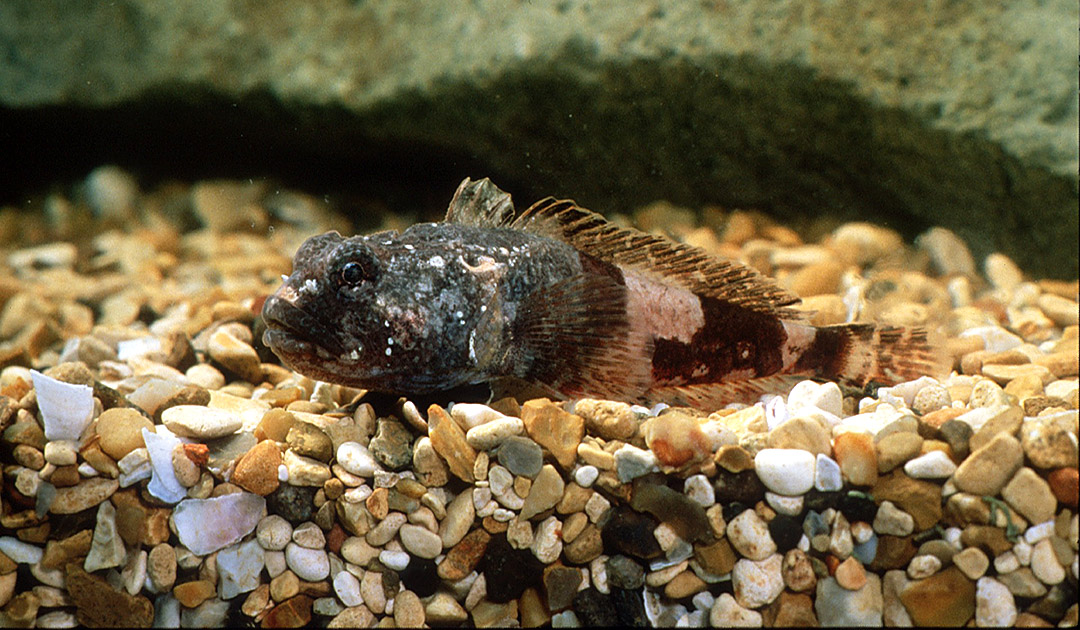
Antarctic fish have adapted over millennia to survive in the frigid temperatures of the Southern Ocean. In the process, however, they have lost their ability to grow at rates seen in their warmer-water relatives, even when now maintained at the same water temperature.
The study, conducted by scientists from the University of Plymouth and the British Antarctic Survey, compared two species, the Antarctic spiny plunderfish (Harpagifer antarcticus) and the shan (Lipophyrs pholis), also known as the common blenny.
The researchers discovered that the Antarctic fish ate about 20% less food than blenny living in temperate waters and grew about half as fast, even when the two ecologically similar species were kept at the same water temperature.

These findings show that fish living in Antarctic water temperatures have greatly increased the amount of cellular machinery they use to produce proteins, but still cannot form proteins at the same rate as species in warmer waters. But the rates of protein degradation are very similar in polar and temperate fish.
This in turn means that, in Antarctic fish, the ability to convert new proteins into physical growth has been greatly reduced.
As a result, the research team writes, it seems likely that an evolutionary tradeoff for survival in polar waters was a greatly reduced ability to grow as efficiently or quickly as fish in warmer waters.
This in turn has important implications in their interactions with predators and how many years it might take for them to reach sexual maturity.
The study, published in the journal Royal Society Open Science, is the first of its kind to examine how Antarctic fish produce and store proteins for growth compared to fish from temperate waters.
It also provides one of the largest comparative studies of protein metabolism, growth and food consumption in fishes over a wide range of biologically relevant habitat temperatures.

Dr Keiron Fraser, a lecturer in marine conservation at the University of Plymouth and lead author of the study, said: “Antarctic fish are highly thermally constrained and cannot live long-term at temperatures much above those that they currently inhabit. In contrast, many temperate species are more tolerant of a wide range of temperatures as they often inhabit extensive latitudinal ranges. Our data shows that the rates of growth and protein metabolism in an Antarctic species are significantly lower than in the temperate species, even when held at the same water temperature. As ocean temperatures increase with global warming, it is a timely reminder of the differences in species that have evolved to live at widely different temperatures. If Antarctic fish are exposed to increasingly higher temperatures, there will be implications for their survival, as well as implications for many critical physiological processes, including growth.”

Professor Lloyd Peck, the senior physiologist at the British Antarctic Survey, adds: “There is unexpectedly high biodiversity on the seabed in Antarctica, with estimates of around 20,000 species living there. So far all of the species studied have great problems making proteins and it seems this is a ubiquitous constraint on life at low temperature. There are many other unique adaptations in Antarctic marine species, such as 16 species of fish that are the only animals with backbones that do not have red blood cells or haemoglobin to carry oxygen around their bodies, or giant sea spiders thousands of times heavier than the largest in temperate zones. As well as the issues with making proteins, many of these other adaptations might make life easier in an environment with constant low temperatures, but they also appear to reduce abilities to survive in changing environments, which makes the future prospects for many Antarctic marine species bleak.”
Press releases: British Antarctic Survey, University of Plymouth
Link to the study: Fraser et al (2022) Life in the freezer: protein metabolism in Antarctic fish R. Soc. open sci.9 (211272) http://doi.org/10.1098/rsos.211272





